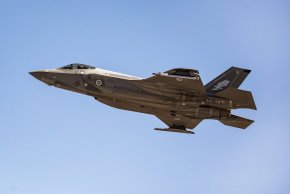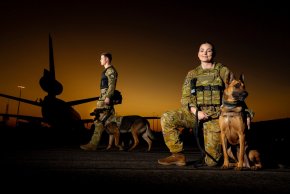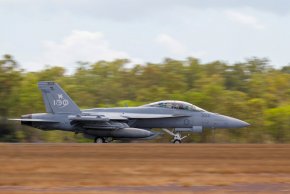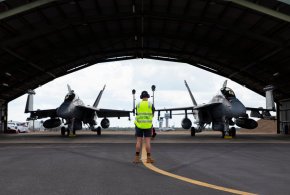Redlands18
Well-Known Member
There are plenty of logistical and ISR tasks ADF aviation can and does do during major Bushfire events, that allows the pros to do their job. Providing ISR assets will do far more good than using C-130s flown by untrained Amateurs. I bet if you asked a Firefighter if they would rather have one or two more Aircraft dumping retardant or Drones sitting at 5000 ft providing immediate constant high-quality intelligence in several different spectrums, they will take the Drones every time. This is the area that the ADF should be concentrating on.A frequent suggestion. Will they be flown by RAAF pilots? Because flying firefighting aircraft is a skill that must be practice frequently to maintain competency. At what cost to their availability as war fighters, and at what ( substantial) cost in airframe fatigue?
oldsig
The best way to use those C-130s and Helicopters is delivering supplies and personnel to local Base Camps, keeping the ISR assets operating.




